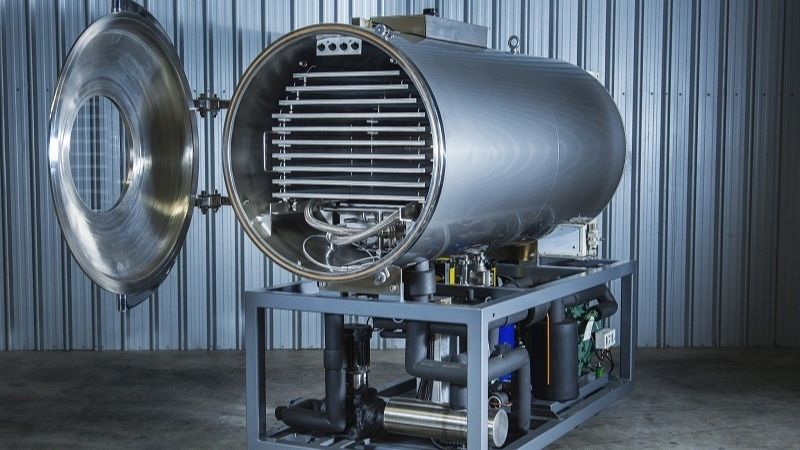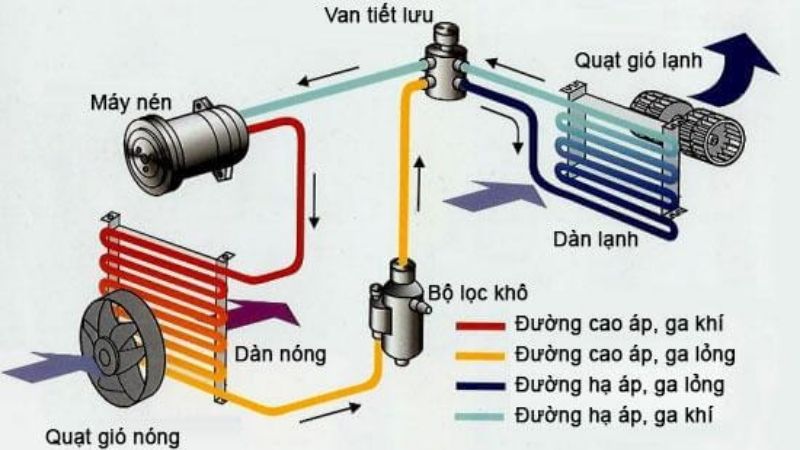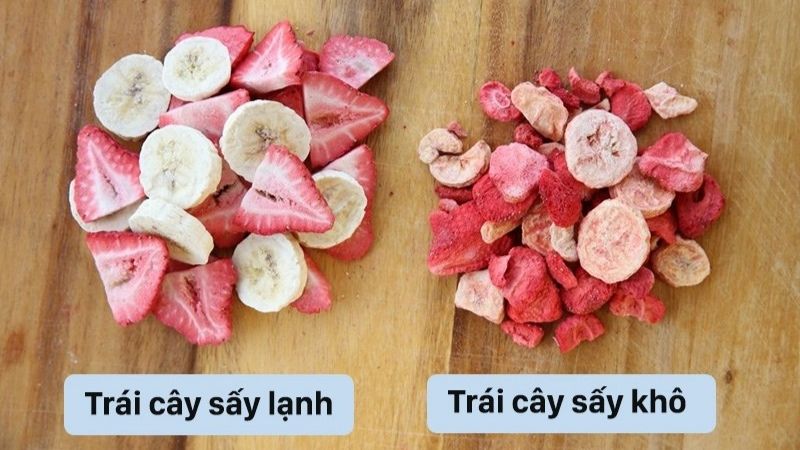In the past, dried fruits were often dehydrated using hot air, which was found to be less than ideal for preserving the fruits’ nutritional value. As a result, the cold drying method emerged as a more effective approach to maintain the nutrients in the food.
Would you like to learn more about the cold drying method and how it works in a food dehydrator? Read on to discover the ins and outs of this process.
Investigating the Cold Drying Process
Cold Drying
Cold drying is an effective drying method that uses dry air with a humidity level of approximately 10-30%. The temperature for this process ranges from 35-60 degrees Celsius, which is lower than traditional drying methods. Cold drying is performed under atmospheric pressure conditions, making it a reliable and efficient option.
During the process of cold drying, the food undergoes minimal changes and retains its essential nutrients. This is due to the significantly low temperature involved in the drying process.

This image depicts the cold drying method used for preserving food
Understanding the Functionality of a Food Dehydrator
Cold drying is achieved through the use of a specialized device known as a food dehydrator, which is essentially a heat pump. This dehydrator is equipped with a dedicated drying chamber where the heat pump is housed. The heat pump consists of two distinct components: a hot end and a cold end.
-
The hot end is responsible for generating heat for the drying process.
-
The cold end plays a crucial role in removing moisture from the drying air.

The food dehydrator operates on a specific principle of operation, which involves the following steps:
The high humidity air within the drying chamber is extracted and directed into the condensing coil of the heat pump. At this stage, the air is efficiently cooled, enabling the condensation of water vapor and its subsequent transformation into a flow of dry and chilly air.
The air stream is subsequently directed through the hot chamber, maintained at a temperature range of 35 – 60 degrees Celsius. It is then guided into the drying chamber for the purpose of conducting a cold drying process on the food.
The aforementioned process is an ongoing cycle wherein a cold and dry air stream is transformed into a hot and humid air stream after completion of the drying process. This continuous process is employed to effectively dry the food.

Principle of operation of a food dehydrator
Exploring the Differences Between Cold and Hot Drying Processes
There are two different methods for drying food: cold drying and hot drying. These methods differ in the following aspects:
| Cold drying | Hot drying | |
| Operating principle | Uses dry air for drying | Uses heat for drying, the higher the temperature, the faster the water vapor in the food evaporates |
| Structure | Dehydrators have a bulky, large and many parts structure | Simple, compact structure |
| Drying temperature | 35 – 60 degrees Celsius | 40 – 100 degrees Celsius or higher, depending on the type of food |
| Characteristics of the food after drying | Maintains optimal color and nutrients | Maintains color and nutrients but not as good as cold drying |
| Type of dried food | Usually dries high-quality foods | Usually dries regular foods |
| Dryer price | More expensive, 2-3 times more expensive than a conventional dryer | Cheaper |

Difference between food dried by cold drying and hot drying
Thank you for your interest in the cold drying method. This guide aims to provide you with a comprehensive understanding of this technique, empowering you to make informed decisions about your food choices and ultimately maintain a healthy diet.
Exploring the Pros and Cons of Sleeping in an Air-Conditioned Room
Is sleeping with an air conditioner a good idea? As concerns over the adverse effects of air conditioning on our health increase, it’s important to understand the risks and rewards of using air conditioning while sleeping. Let’s examine the benefits and drawbacks of sleeping with an air conditioner, and the protective measures one should take.



































